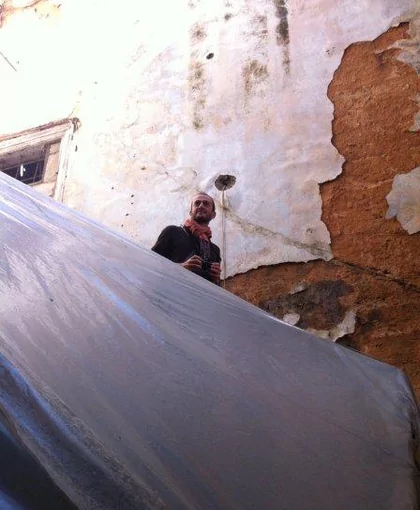Résumé
Dans un Beyrouth en pleine mutation, les habitats délaissés sont des lieux en suspens, condamnés à terme par la spéculation foncière. Notre recherche se propose d’examiner les transformations subies par ces architectures hors d’usage. Basé sur le terrain (près de 750 édifices répertoriés), les archives, témoignages et histoires orales, le travail réévalue également les pratiques artistiques et les regards qu’elles ont posé sur la ville. Cette imprégnation est d’autant plus importante que son déclencheur est un projet photographique entamé par l’auteur sur ce sujet.
Trois chapitres sont consacrés aux interventions guerrières. Le premier, la bataille des hôtels aborde un espace disputé, le second explore la ligne de démarcation et le troisième s’intéresse aux baraquements, prisons et lieux de torture. Le quatrième chapitre réunit habitats informels, squats et autres réappropriations. Ces fonctionnalités qui s’enchevêtrent découlent de flux migratoires consécutifs à des violences. La guerre, plutôt les guerres, restent en toile de fond.
In a rapidly changing Beirut, neglected dwellings are places in abeyance, condemned to disappear as a result of land speculation. Our research aims at examining the transformations that these obsolete architectures undergo. The study, carried on site (nearly 750 buildings have been identified), based on archives, testimonies and oral history, also re-examines artistic endeavours and the way artists have viewed the city, which is particularly important considering that its trigger has been a photographic project undertaken by the author.
Three chapters are devoted to belligerent activities. The first, on the “Battle of the hotels”, addresses contested space ; the second explores the demarcation line and the third examines the military barracks, prisons, and torture centres. The fourth covers informal dwellings, squatted buildings and other reappropriations. It observes the background of entangled features stemming from migration flows that were triggered by the violence of war, or rather wars.

